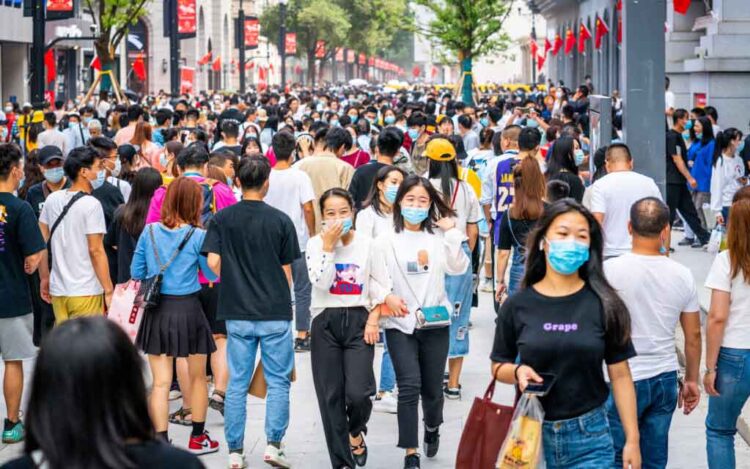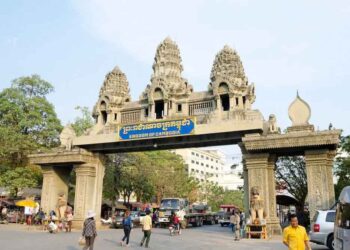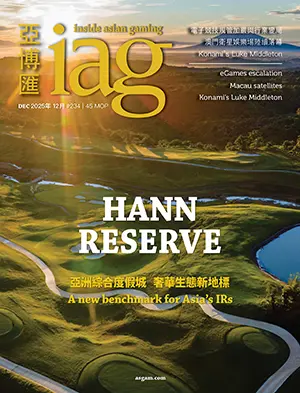China’s National Health Commission said Wednesday that the country will stick to its “COVID-zero” policy without wavering. The comments were seen as dispelling rumors that the mainland might relax its pandemic policy.
The update comes after China introduced pandemic prevention measures during the National Day holiday from 10 September to 31 October, restricting cross-province travel and implementing on-site testing measures. The measures ended on 31 October, prompting speculation that pandemic policy might be relaxed from 1 November.
Instead, the Commission issued a statement in which it insisted, “We must be prudent in our approach to the prevention and control of COVID-19, and we must adhere unwaveringly to prevent the coronavirus from re-entering the country to cause a new epidemic, as well as the general policy of ‘COVID-zero’.”
There were 3,200 new cases confirmed on Wednesday, with 2,669 people found to be asymptomatic. Among the confirmed cases, 459 new cases were diagnosed in Guangdong Province, which borders Macau.
Although the resumption of eVisas and package tours to Macau as of 1 November has brought some positive news to Macau’s tourism and gaming industries, the repeated outbreaks in the mainland have made it difficult for people in high- and medium-risk areas to travel across provinces.
According to the National Health Commission, there are outbreaks in almost every province in China. Currently, there are 3,173 high-risk areas, 2,313 medium-risk areas and only 361 low-risk areas in the mainland.
For people in high-risk areas, China adopts a 7-day isolation or 7-day home isolation policy, while for people in medium-risk areas 7-day home health monitoring is adopted.




































